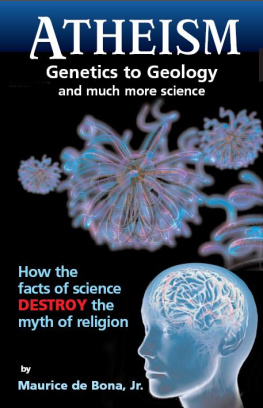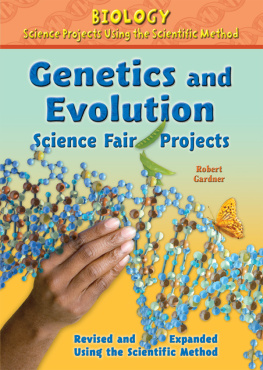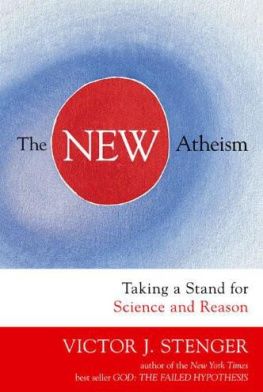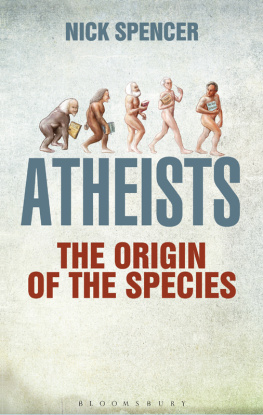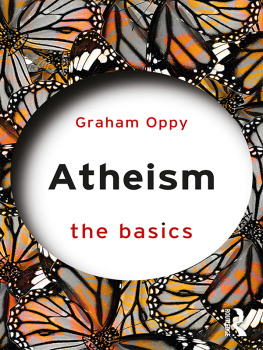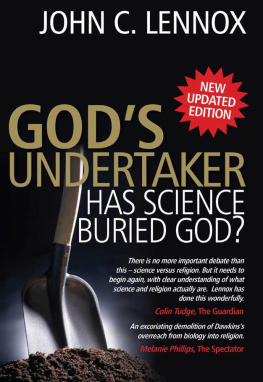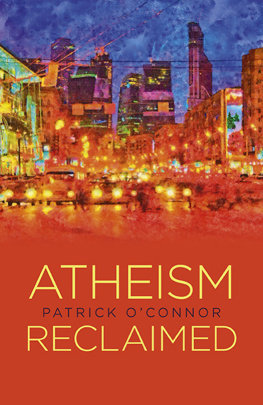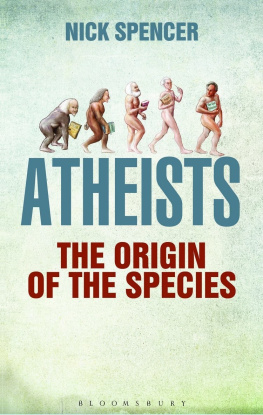MAURICE de BONA, JR.
Copyright 2011 by Maurice de Bona, Jr.
All rights reserved. This book may not be reproduced in whole or in part by any means, without publisher's permission.
1. INTRODUCTION
Happy, happy, happy. It is the firm belief of the author that the only purpose in life is to enjoy it. Now, there are many different forms of enjoyment, probably as many different forms of enjoyment as there are people. As we will see in the chapter on genetics, everyone has DNA that is slightly different; of course, that is except for identical twins.
Now, let us look at who might be interested in this book. I am told that approximately 40% of the people in the United States are creationists, but keep in mind that when people are polled on the subject of religion, they dont always tell the truth. Now, a creationist believes that God created the world and everything in it 6,000 years ago. But if not as few as 6,000 years, far less than the 5 million years ago when man evolved. For these people I do not believe that reading this book would be enjoyable.
Now we come to the next group of people, which I am also told represents approximately 40%. These people believe in gods, spirits and the hereafter. They may believe in evolution. It is hard not to believe in evolution, since it is exploding all around us today. Biologists have a hard time classifying all of the new species that have evolved. Also, modern science has developed quite accurate methods of dating rocks and fossils, which definitely proves evolution. These people might be interested in the book for the scientific information that it contains. This information is presented in a simple form that most everyone can understand.
Then there comes the last 20% who may or may not be atheists. Many of these people prefer to call themselves agnostics. Maybe it is because they really are not interested in going to church. Of course, there are closet atheists. They are those who go to church for business or social reasons. This is particularly true in smaller towns. So, that is one consensus of where the people of these United States of America stand religion-wise.
Now let us look at what the chapters of this book contain.
THE QUESTIONS
This chapter details a tragedy and presents a rational way of looking at it in relation to religion.
THE ORIGIN AND EVOLUTION OF GODS
This chapter summarizes James George Frazers book The Golden Bough, which is a compilation of accounts of primative religions as observed by early explorers.
BIBLE CONTRADICTIONSAND MYTHS
This chapter lists some of the best examples. It also tells why stories like Noahs Ark and Jonah and the Whale would not work.
THE LAW OF INERTIAAND HEAVEN
This chapter also talks about the Hubble space probe.
REALITYAND RELATIVITY IN LIFE
This chapter asks many questions about our existence. For example, the small atom and the large universe.
GEOLOGYAND EVOLUTION
Geologists have known about the periods of evolutionary emergence for quite some time, but it has only been recently that they discovered that radioactive isotopes found in rocks decay at a constant rate, and thereby they could date those rocks and the geologic periods. Also recent is their knowledge of continental drift.
GENETICS, DNA, RNA, ETC.
It has also been recently that scientists have unlocked the knowledge of what cells are made of and how they reproduce. This chapter summarizes this information in as simple a form as possible.
PLANT GENETICS
All living things are composed of cells. Bacteria are only single cells, but trees, for example, can contain many trillions of cells. This chapter tells how plant cells differ from animal cells.
SCIENCE, THE BRAIN AND HOW IT WORKS
First this chapter reviews some of the early ideas about the brain. Then we summarize the most recent ideas of how the brain works. But you must remember that we have a long way to go to understand memory and consciousness.
RELIGION ANDTHE CHURCH
This chapter looks at how religions are structured, and why religions are changing and why God still exists. Also, how churches regulate people.
MORALS IN THE WORLD TODAY
The author explores many of the morals in place today and gives his opinions regarding them.
IN CONCLUSION
This chapter summarizes previous chapters, presents additional information and draws additional conclusions. And lastly, the conclusion summarizes some of the other information presented in the book.
Day by day our unknown world is shrinking. We are living in a period where countries are moving closer together, socially and commercially. At the same time, each individual in this world has distinct differences and beliefs. With such a diversity of opinions, an increasing need presents itself for man to understand and respect the beliefs of others. It is with the hope of gaining a better understanding of why atheists think the way they do that this book was written.
During the Dark Ages, death was often accorded those not in agreement with the prevailing religious sect. Even now religious persecution is prevalent in many countries. Those of one faith find it difficult to understand the beliefs of other faiths. The people of this world need to make an added effort to comprehend the thinking of others. However, the contempt of past centuries is diminishing, and we are beginning to learn how to accept others for what they are, instead of what we want them to be.
Faith in a belief very often requires a great deal of courage. For many, faith has become not a possession, but a hope. While the greater part of the world holds firm to its inherent religions, faith in gods has weakened, and in some people it has disappeared, and they have become atheists.
This book discusses the reference points and fundamental background upon which non-belief is based. It attempts to show how and why atheistic thought differs from organized religion. It implies that atheistic thinking is real and that religious thought is in the realm of fairy tales. It does imply, however, that there is no absolute right or absolute wrong; that right and wrong are determined by the reference points upon which decisions are based. Conclusions, if they can be made, are left to the reader. The author definitely believes in freedom of religion, and if one is happy with ones religion, that is all that matters. Since atheistic thought differs from person to person, the views expressed here are not always consistent with those of other atheists.
There is little that is new in this writing. Until recently, the reader has had to wade through thousands of pages of literature to obtain the major points covered here. The books highly condensed form has not, in many cases, permitted proper references. Comments are limited to the Jewish and Christian religions. One should keep in mind that close parallels often exist between the Judeo-Christian religions and other religions of the world. Also, exact figures are not important to the atheist.

